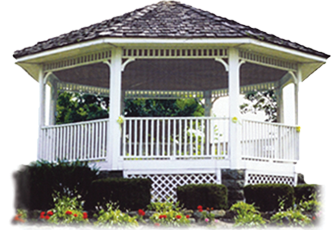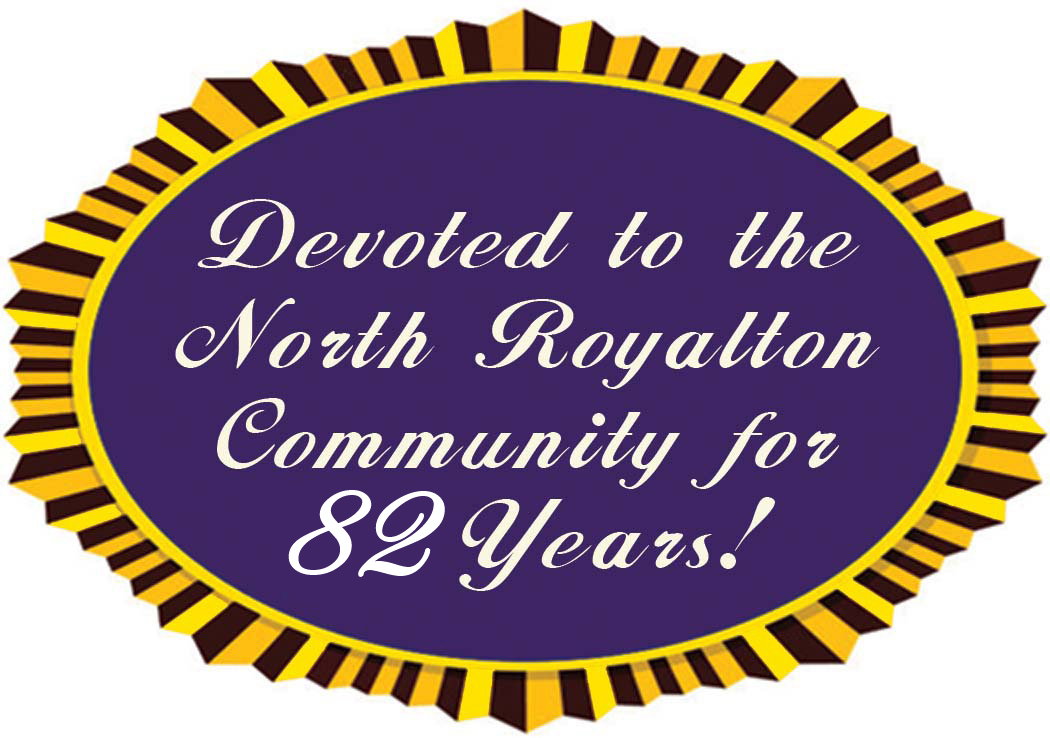In late November, the North Royalton City Schools’ Community Engagement Task Force members met to recap the input received from our community through a number of coffees that were held this fall. The group took this information to begin mapping out potential options to address the district’s needs regarding their facilities. Ultimately, that information will become the recommended plan that will be presented to the North Royalton Board of Education and city school administrators, as well as the overall community.
The coffees were held on the heels of a community survey, which was released last spring. The survey was one of the strategies the group had formulated to gain insight into the district’s facilities and input from the community on how to address the needs of those facilities. The group toured all of the district’s buildings earlier in the year to get an understanding of the needs. It then surveyed the teaching and non-teaching staff before releasing another survey to the community. The conclusion from the survey is that although a significant number of residents believe that some of their school facilities are in need of repair, many of them are unwilling to increase their taxes to bring them up to standard because they don’t trust the Board to manage their money wisely.
Task Force Chairperson Vince Weimer noted, “It was clear from our conversations that the community is interested in either updating our current facilities or building new school buildings. Once we obtained numbers for both, the committee is moving in the direction to propose building new elementary schools, as well as portions of the high school. It does not make sense financially to simply renovate. The main findings of our Task Force members is that a basic renovation of the three elementary buildings (not including any additional 21st century learning space) would be more costly than new construction,” said Weimer.
According to school officials, “based on the Ohio Facilities Construction Commission (OFCC) report to the district, renovation of Albion Elementary would be $10.46 million. To build a new school, based on square footage similar to the current building, the cost would be approximately $11 million. This would be the case with the other two buildings roughly in the same condition with the same estimates. “When looking at numbers like this to build new vs. renovate existing structures, the committee must consider its options in building new.” The committee then began to discuss the educational benefits of building one, two, or three elementary buildings. Their findings discovered that building one school that would be home to preschool through fourth grade can cost approximately $32.2 million. Two elementary buildings can cost approximately $36.1 million. If the district builds three new elementary buildings, that can cost approximately $39.6 million.”
Also discussed, was the North Royalton High School. First suggestions include renovating the 1976 and 1988 additions, tearing down and building a new structure for the rest of the school building. “This option was discussed because once again, when weighing the cost of renovating vs. new, it makes more sense economically to build new,” said Weimer.
“We can’t emphasize enough that these numbers or initial thoughts are not set in stone,” Weimer said. “They are rough estimates based on square footage and can increase or decrease depending on a variety of circumstances and the plan that we propose.” He also noted that it was important to include a maintenance program into the plan. “Implementing on-going permanent improvement dollars to maintain our investment is critical,” he said.
It has not been determined if the Task Force will recommend the number of elementary school buildings to be constructed, nor the manner in which they would be funded at this point. They continue to gather community input from the coffees that will proceed through December. They also will meet once more as a group this month. The Task Force plans to report their conclusive findings in late January/early February.
School Superintendent Greg Gurka noted that the Task Force “has been meeting monthly since last school year to not only look at our facility issues, but to engage the community in a discussion about our schools in general. The Task Force is a dedicated group of individuals from the community who take their duties very seriously and have spent a great deal of time going through all of our buildings, examining data from the state and the feedback from the community coffees.” He said that after their report has concluded, the district will then hold their own coffees to further gain insight into what residents think about that proposal. “We’re not going to rush anything,” said Gurka. He noted that although there is no time table at this point, the earliest that the district could go to the voters for a bond issue would be the November, 2016 ballot.
By GLORIA PLEVA KACIK
Contributing Writer






